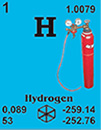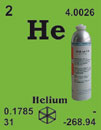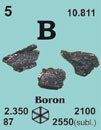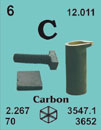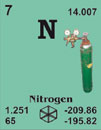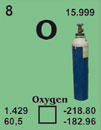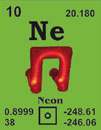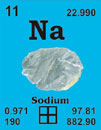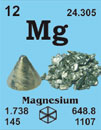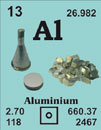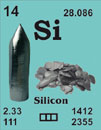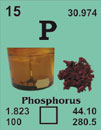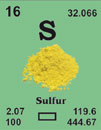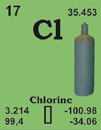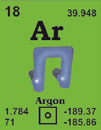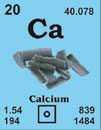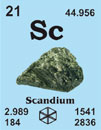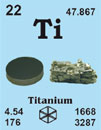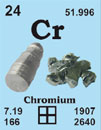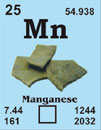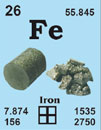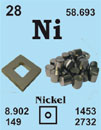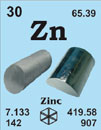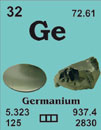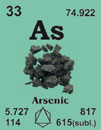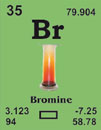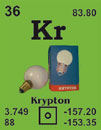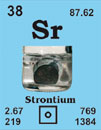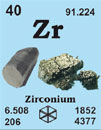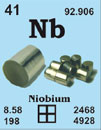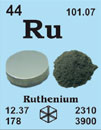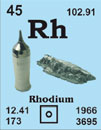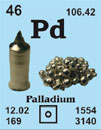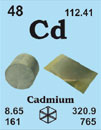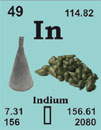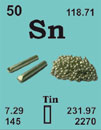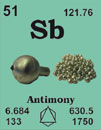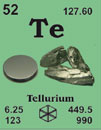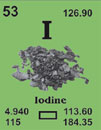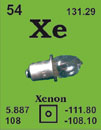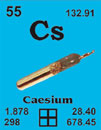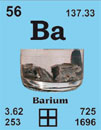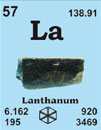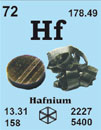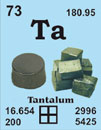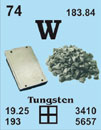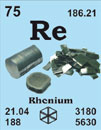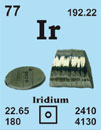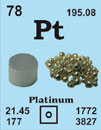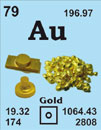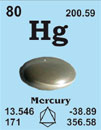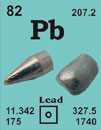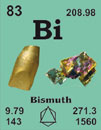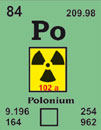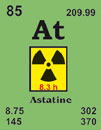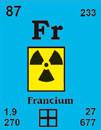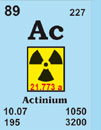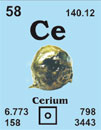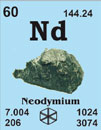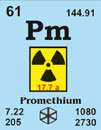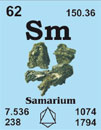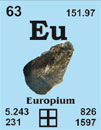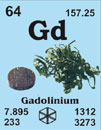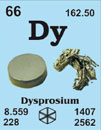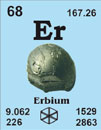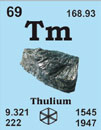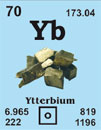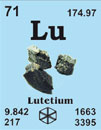Material, Technologie
& Kristalle GmbH
& Kristalle GmbH
Ihre Verbindung zu uns

-
 English
English
-
 Deutsch
Deutsch
Warenkorb
0
Artikel
Artikel
Keine Artikel
0,00 €
Gesamt
Gesamt zzgl. MwSt.
Artikel wurde in den Korb gelegt
Menge
Sie haben 0 Artikel in Ihrem Warenkorb.
Es gibt 1 Artikel in Ihrem Warenkorb.
Versandkosten (o. MwSt.)
noch festzulegen
Gesamt
(o. MwSt.)
Magnesium (Mg)
Wir sind führender Hersteller und Lieferant von Forschungsmaterialien
Magnesium 12Mg24.312
1755 von Joseph Black in Edinburgh, Schottland, als Element erkannt; 1808 von Sir Humphry Davy dargestellt.
[Griechisch, Magnesia = Gebiet in Thessalien]
French: magnésium
English: magnesium
Italian: magnesio
Spanish: magnesio
Beschreibung: Silberweißes, glänzendes, relativ weiches Material. Darzustellen durch Elektrolyse von MgCl2-Schmelzen. Verbrennt in Luft und reagiert mit heißem Wasser. Verwendet als Metall und in leichten Legierungen für Motoren, auch für reaktive Elektroden, um Metalle zu schützen, die Seewasser ausgesetzt sind.
Magnesium single crystal properties
| State: | single crystal |
|---|---|
| Crystal structure: | hexagonal |
| Production method: | Bridgman |
| Standard size: | diameter 10-20mm thickness 1-2 |
| Orientation: | (0001), (1-100) and (11-20) |
| Orientation accuracy: | <2°, <1°, <0.4° or <0.1° |
| Polishing: | as cut, one or two sides polished |
| Roughness of surface: | <0.03µm |
| Purity: | 99.999% |
| Typical analysis (ppm): | C 3 H < 1 O 9 N < 5 Cu 1.60 Fe 1.80 Ni < 1 Pb 0.30 Si 0.30 Ga, Hf and Ta are below the detection limit |
Materials properties
| Density: | 1.74 g/cm3 |
|---|---|
| Melting point: | 648.85 °C / 922.0 °K |
| Boiling point: | 1089.85 °C / 1363 °K |
| Molar volume: | 13.98 cm3 |
| Thermal conductivity: | 156 [300 K] Wm-1K-1 |
| Coefficient of linear thermal expansion: | 26.1 x 10-6 K-1 |
| Electrical resistivity: | 4.38x 10-8 [293 K] Wm |
| Mass magnetic susceptibility: | +6.8 x 10-9(s) kg-1m3 |
| Young's modulus: | 44.7 GPa |
| Rigidity modulus: | 17.3 GPa |
| Bulk modulus: | 35.6 GPa |
| Poisson's ratio: | 0.291 GPa |
| Radii: | Mg2+ 79; atomic 160; covalent 136 |
| Electronegativity: | 1.31 (Pauling); 1.23 (Allred); 3.75 eV (absolute) |
| Effective nuclear charge: | 2.85 (Slater); 3.31 (Clementi); 4.15 (Froese-Fischer) |
| Number of Isotopes (incl. nuclear isomers): | 12 |
| Issotope mass range: | 20 -> 31 |
| Crystal structure, (cell dimentions / pm), space group | hexagonal |
| X-ray diffraction: mass absorption coefficients: | CuKα 38.6 (µ/r) / cm2g-1 MoKα 4.11 (µ/r) / cm2g-1 |
| Neutron scattering length: | 0.5375 b/10-12 cm |
| Thermal neutron capture cross-section: | 0.063 sa / barns |
Biological data
| Biological role: | Essential to all species |
|---|---|
| Toxicity | |
| Toxic intake: | low toxicity |
| Lethal intake: | LD50 (chloride, oral, rat)=8100 mg kg-1 |
| Hazards: | Magnesium compounds vary in toxicity but there is no evidence that magnesium itself produces systemic poisoning. |
| Level in humans | |
| Blood: | 37.8 mg dm-3 |
| Bone: | 700 - 1800 p.p.m. |
| Liver: | 590 p.p.m. |
| Muscle: | 900 p.p.m. |
| Daily dietary intake: | 250 - 380 mg |
| Total mass of element in average [70 kg] person: | 19 g |
Geological data
| Mineral | Formula | Density | Hardness | Crystal apperance |
|---|---|---|---|---|
| Brucite | Mg(OH)2 | 2.39 | 2.5 | rhom., waxy/vit. white |
| Carnallite | KMgCl3 | 1.602 | 2.5 | orth., greasy, colourless reddish |
| Cordierite | Mg2Al4Si5O18 | 2.57 | 7 | orth., translucent grey/lilac etc. |
| Diopside | CaMgSi2O6 | 3.3 | 5.5 - 6.5 | mon., vit./resinous white/yellow |
| Dolomite | CaMg(CO3)2 | 2.85 | 3.4 - 4 | rhom., vit. colourless |
| Enstatite | Mg2Si2O6 | 3.209 | 6 - 6 | orth., pearly/vit., colourless grey |
| Chief ore: | seawater; and teh ores dolomite, magnestite; carnallite, kieserite and brucite |
|---|---|
| World production: | 325000 tonnes/year |
| Main mining areas: | Austria, China, Poland, Russia, USA, India, Greece, Cananda |
| Reserves: | >2 x 1010 tonnes as ores ; and >1 x 1024 tonnes in the sea |
| Specimen: | available as chips, granules, powder, ribbon, rod or turnings. Safe. |
| Abundances | |
|---|---|
| Sun: | 4.0 x 107 (relative to H = 1 x 1012) |
| Earth's crust: | 23000 p.p.m. |
| Seawater: | |
| Residence time: | |
| Classification: | accumulating |
| Oxidation state: | II |
Übersicht der Elemente mit Zugang zu unserem Shop
Tel.: +49 (0) 2461 - 9352 - 0
Fax: +49 (0) 2461 - 9352 - 11
Fax: +49 (0) 2461 - 9352 - 11

